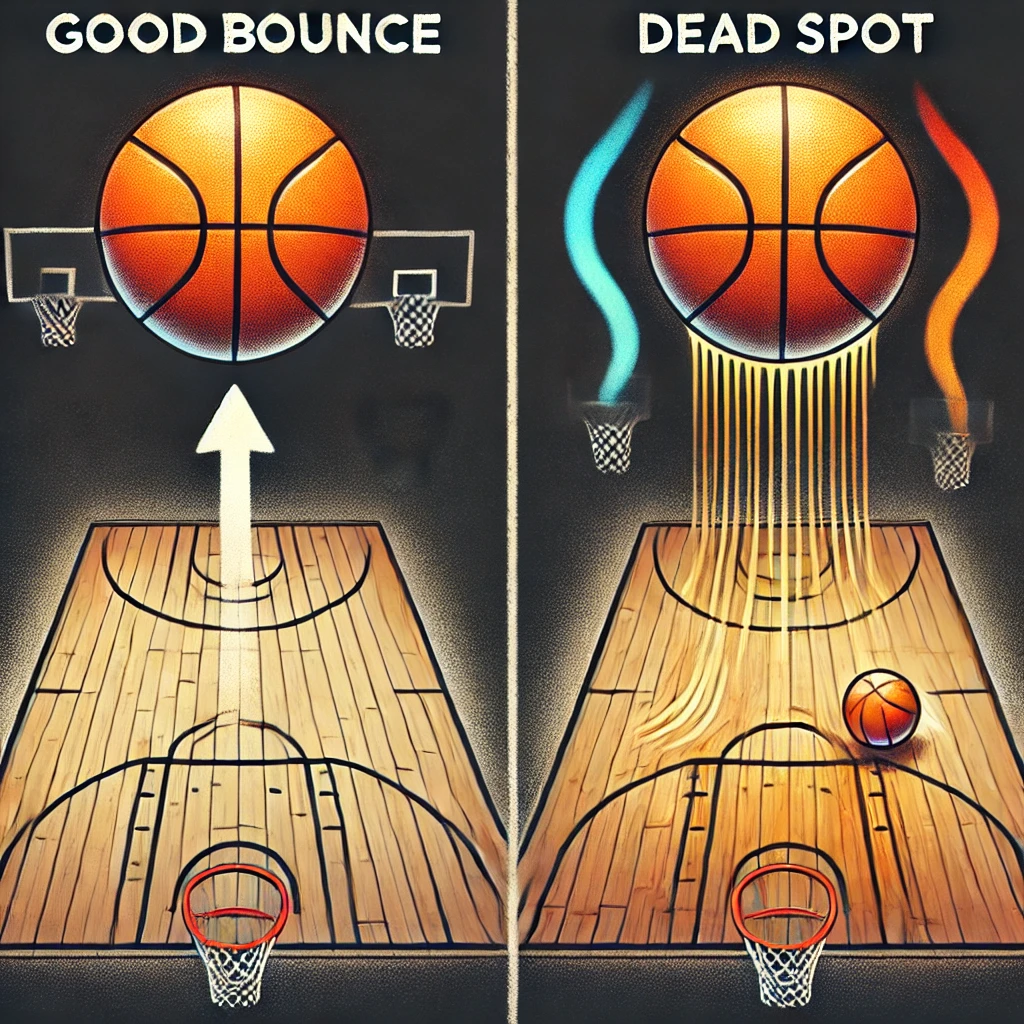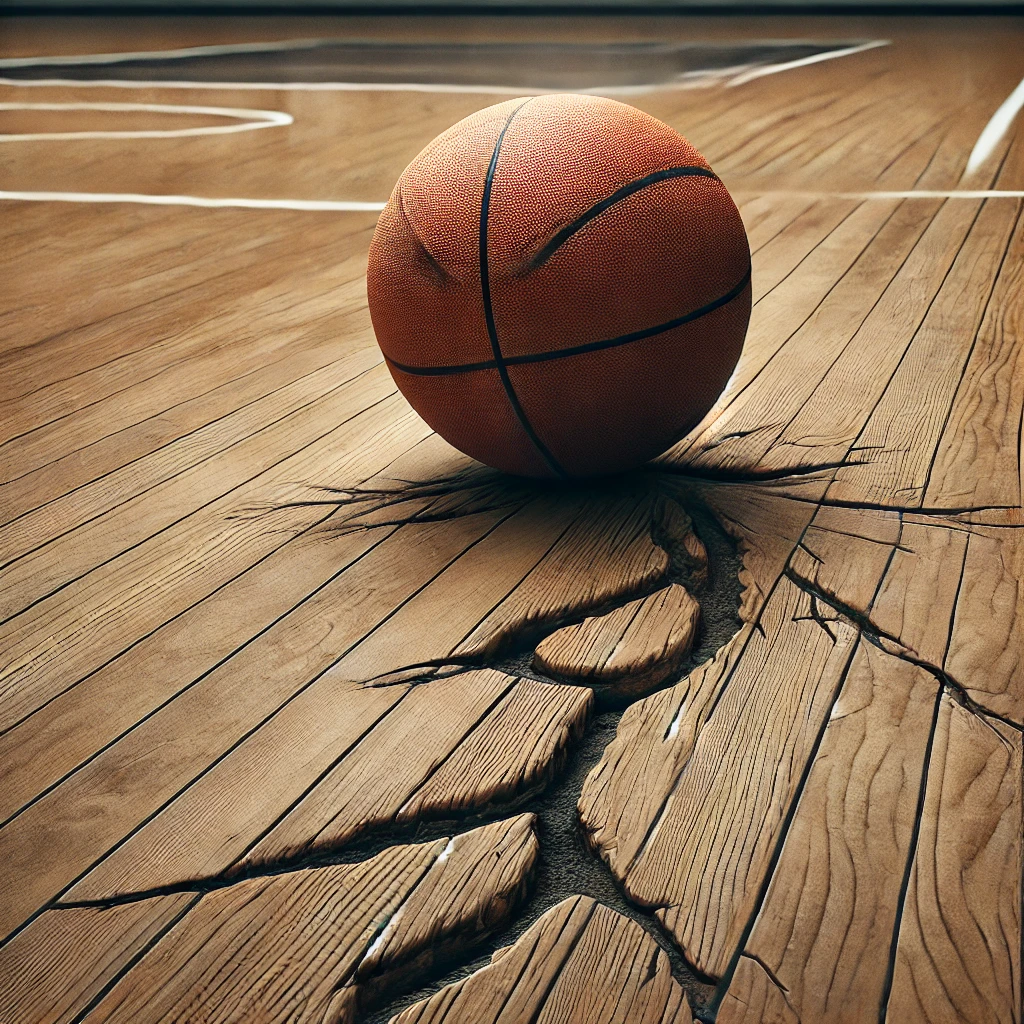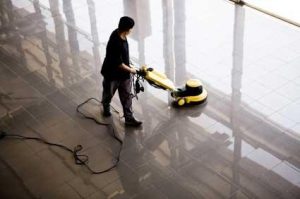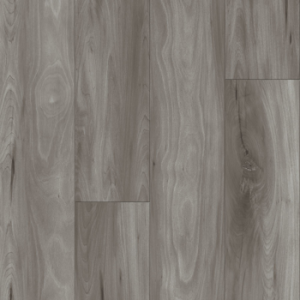When athletes step onto a basketball or volleyball court, they expect a consistent playing surface that allows for predictable ball movement and foot traction. However, many players and coaches have reported experiencing “dead spots”—areas on the gym floor where the ball doesn’t bounce as high or where the surface feels slightly off. But are these dead spots a genuine problem, or are they merely a matter of perception?
What Are Gym Floor Dead Spots?
Gym floor dead spots are areas on a sports court where the ball’s bounce is noticeably lower compared to the rest of the playing surface. These dead spots can be frustrating for players, especially in sports like basketball, where precise ball control is crucial. Dead spots can also affect how athletes move and react, potentially altering the game’s dynamics.
Causes of Dead Spots on Gym Floors
Several factors contribute to the development of dead spots:
1. Subfloor Damage or Weakness
Most modern gym floors have a subfloor system that provides support and shock absorption. Over time, subfloor components can deteriorate due to moisture damage, warping, or structural issues. If the subfloor loses its integrity, it may not properly return energy to the bouncing ball, creating a dead spot.
2. Poor Installation or Aging Flooring
Improperly installed flooring or older floors that have endured years of wear and tear may develop inconsistencies in how they respond to impact. Wooden floors, in particular, can shift or become loose over time, leading to sections that absorb more energy than others.
3. Changes in Floor Moisture and Humidity
Wood expands and contracts with temperature and humidity fluctuations. Inconsistent moisture levels in the gym can cause certain areas of the floor to behave differently, potentially creating dead spots. Facilities that lack proper climate control may experience these issues more frequently.
4. Improper Floor Maintenance
Regular cleaning and refinishing are essential for keeping a gym floor in top condition. Accumulated dirt, dust, and debris can impact how the floor responds to impact. Additionally, excessive refinishing without proper sanding can create uneven surfaces, affecting bounce consistency.
The Athlete’s Perception vs. Reality
Some argue that dead spots are more a matter of athlete perception than an actual issue. When players expect perfect consistency in a natural wood floor, even minor variations can feel exaggerated. However, scientific testing using ball drop experiments has confirmed that dead spots do exist and can be measured. The difference in bounce height, even if subtle, can be enough to impact a game’s flow and player performance.
How to Identify and Fix Dead Spots
If athletes or coaches suspect dead spots on a gym floor, facility managers can take several steps to address the issue:
Step 1: Conduct a Ball Drop Test
A simple way to locate dead spots is by dropping a ball across different areas of the court and noting where it bounces lower than usual.
Step 2: Inspect the Subfloor
A professional flooring contractor can examine the subfloor system to determine if structural issues or damage are causing inconsistencies in ball response.
Step 3: Maintain Proper Climate Control
Ensuring stable humidity levels in the gym can help prevent floor expansion and contraction that may lead to dead spots.
Step 4: Consider Floor Repairs or Replacement
For persistent dead spots, resurfacing or replacing sections of the flooring may be necessary. Modern synthetic gym floors also offer more uniform bounce characteristics compared to traditional wood floors.

Conclusion: A Real Concern or Just a Minor Nuisance?
While some players may exaggerate their sensitivity to dead spots, there’s no denying that they exist and can impact the game. For serious athletes and competitive sports, even small inconsistencies in court performance matter. Facility managers should prioritize regular floor inspections and maintenance to ensure a high-quality playing experience.
In the end, whether dead spots are a minor nuisance or a major issue depends on the level of play and how well the gym floor is maintained. Addressing dead spots proactively can help ensure a fair and consistent playing surface for all athletes.




